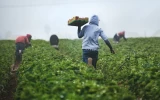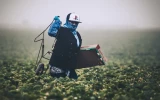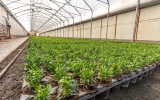What Is an Acre of Hemp Worth? (More Than You Think)
Hemp, a versatile plant used in a variety of products including textiles, bioplastics, and CBD oil, has seen a resurgence in popularity following changes in legislation. An acre of hemp, often underestimated in value, can be surprisingly lucrative. In this article, we'll explore how much an acre of hemp is potentially worth.
Cultivating fiber hemp gives an estimated value range of $300 to $1,000 per acre. Grain hemp, on the other hand, can fetch slightly more, ranging from $200 to $1,200 per acre. The most lucrative is CBD hemp which can command a higher value ranging from $2,500 to $75,000 per acre.
CBD hemp is cultivated specifically for extracting CBD oil, commonly used in a burgeoning wellness market. However, high-CBD hemp must contain less than 0.3% THC, the psychoactive component commonly associated with marijuana, to remain legal under federal law. Let's get to know more about hemp cultivation and the factors that affect its value per acre.
Summary
- Fiber hemp, with a value of $300 to $1,000 per acre, caters to industrial applications like textiles and construction, tapping into the growing market for sustainable materials.
- Grain hemp, valued between $200 and $1,200 per acre, is aimed at the food industry, capitalizing on the nutritional value of hemp seeds.
- CBD hemp stands out for its exceptionally high economic value per acre, ranging from $2,500 to $75,000, which is primarily due to the booming demand for CBD products in the wellness and medical industries and the intensive cultivation and processing requirements for CBD hemp.
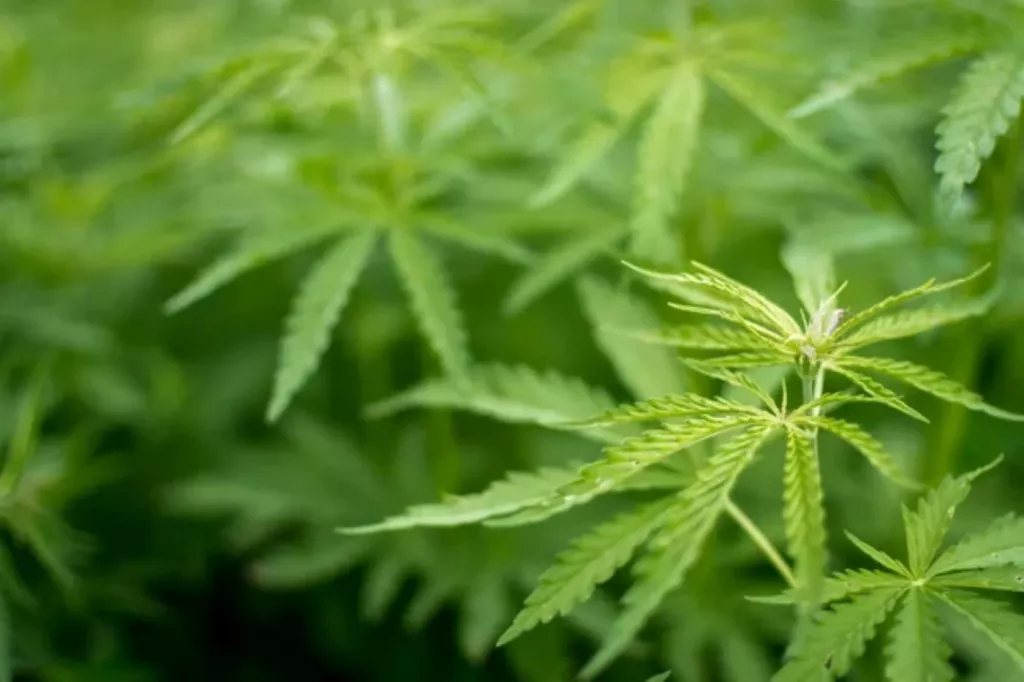
On this page:
Value per Acre Based on Type of Hemp
| Type of Hemp | Estimated Value per Acre |
|---|---|
| Fiber hemp | $300 - $1,000 |
| Grain hemp | $200 - $1,200 |
| CBD hemp | $2,500 - $75,000 |
Value of an acre of fiber hemp
-
Usage: Primarily grown for industrial applications such as textiles, biodegradable plastics, and construction materials.
-
Processing: The fibers are extracted from the stalks of the plant, often through a process of retting, decortication, and degumming to prepare for industrial use.
-
Market insights: Hemp fabric is valued for its strength, UV resistance, and hypoallergenic properties, and can be blended with other fabrics like cotton or linen for added benefits. The Asia Pacific region, led by countries like China and India, is one of the major consumers of industrial hemp, with significant production and consumption of hemp and its products.
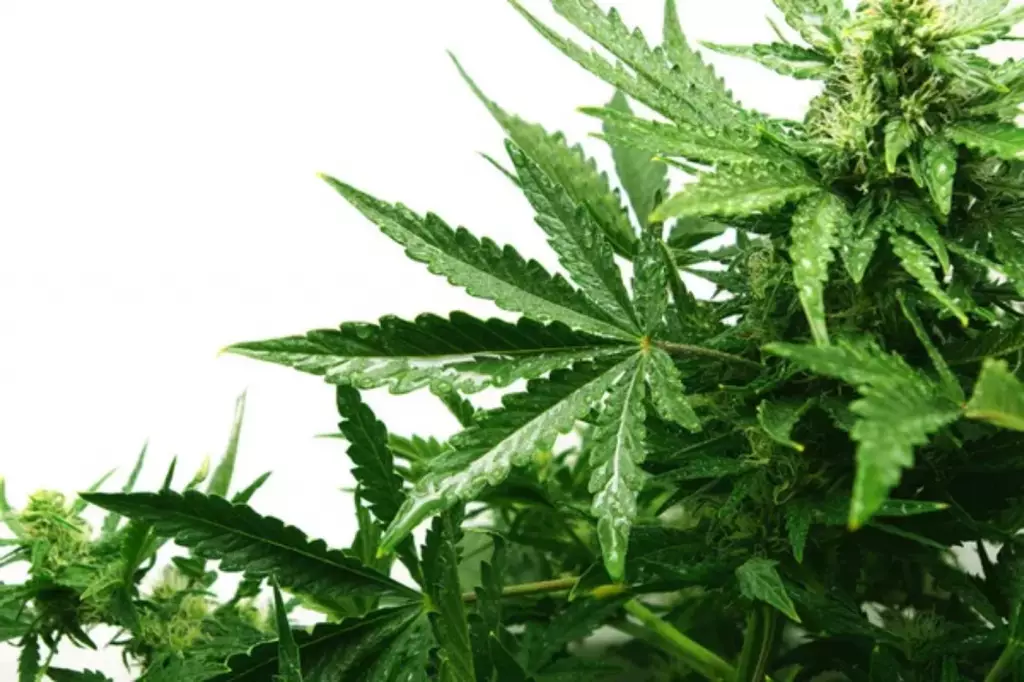
Value of an acre of grain hemp
-
Usage: Cultivated for its seeds, which are rich in oils and used in various food products due to their high nutritional content including proteins, minerals, vitamins, and fatty acids.
-
Market insights: The food segment in the hemp market is expected to see considerable growth in the coming years. Europe and North America are key markets for grain hemp, with Europe being a major producer and North America experiencing growing demand in the food & beverage industry.
Value of an acre of CBD hemp
-
Usage: Specifically cultivated for extracting CBD oil, which is highly sought after in the wellness market.
-
Legal considerations: To remain legal under federal law, high-CBD hemp must contain less than 0.3% THC.
-
Market insights: CBD hemp requires a higher investment but can yield significant returns, with an estimated value range of $2,500 to $75,000 per acre. This high value is due to the booming demand for CBD products in the wellness industry and the more intensive cultivation and processing practices required.
Estimated Hemp Yield per Acre in Pounds
When assessing the value of an acre of hemp, you might also need to consider the age and size of your plants. Typically, younger plants are less valuable due to their lower biomass, while mature plants can significantly increase the value per acre.
Hemp biomass is a critical factor in determining value, made up of the stalks, leaves, and flowers of the plant. Yields can vary widely based on your cultivation practices and whether you're growing for fiber, seeds, or CBD.
| Growth Stage | Fiber Yield | Seed Yield | Flower Yield (CBD) |
|---|---|---|---|
| Young (seedling) | <100 pounds/acre | N/A | N/A |
| Intermediate | 500-1,000 pounds/acre | 200-400 pounds/acre | <500 pounds/acre |
| Mature | 1,000-2,620 pounds/acre | 500-1,000 pounds/acre | 1,000-1,235 pounds/acre |
Hemp can be cultivated for its fiber, seeds, or flowers (specifically for CBD production), and each of these uses yields different amounts of product per acre.
Estimated hemp fiber yield per acre
In the young (seedling) stage, the yield is relatively low, less than 100 pounds per acre, due to the limited development of the plant's biomass.
At an intermediate stage, the yield increases significantly, ranging from 500 to 1,000 pounds per acre, as the plants have grown but have not yet reached full maturity.
Mature hemp plants yield the most, producing between 1,000 and 2,620 pounds per acre. This high yield reflects the fully developed stalks of the plant, which are the main source of fiber.
Estimated hemp seed yield per acre
Seedlings do not yet produce seeds, but the yield ranges from 200 to 400 pounds per acre during the intermediate growth stage. At this stage, the plants begin to develop seeds, but they are not fully mature.
When the plant reaches maturity, you can be able to yield 500 and 1,000 pounds of hemp seed per acre. This increase is due to the full maturation of the hemp plants, which allows for maximum seed production.
Estimated hemp flower yield per acre
For hemp grown for CBD production, the flowers are the key component.
There is no yield of flowers for the seedling stage of the plant. During the intermediate phase, the yield grows to less than 500 pounds per acre, as the plants start to develop flowers but are not fully grown.
Mature plants have the highest yield for CBD production, ranging from 1,000 to 1,235 pounds of flowers per acre. This stage is crucial for CBD extraction, as the concentration of CBD is highest in the flowers of fully matured hemp plants.
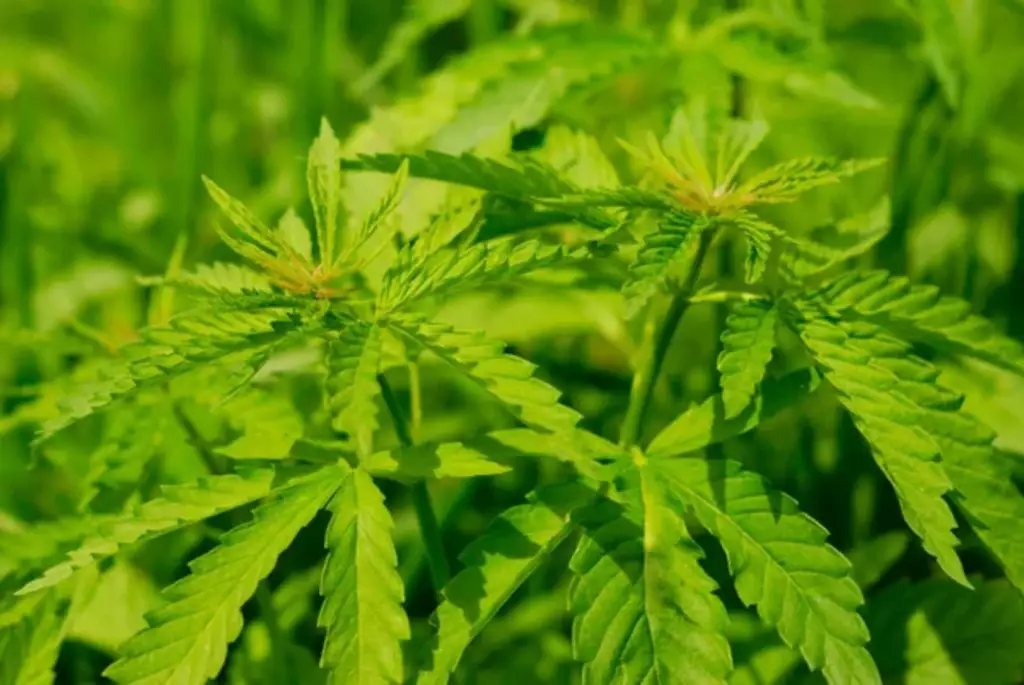
Estimated Profit From an Acre of Hemp
| Hemp Product | Price per Ton (USD) | Yield per Acre (tons) | Production Cost per Acre (USD) | Estimated Profit per Acre (USD) |
|---|---|---|---|---|
| Hemp fibers | 300 | 2.5 | 400 | 350.0 |
| Hemp seeds | 800 | 1.0 | 500 | 300.0 |
| Hemp CBD oil | 20,000 | 0.1 | 1500 | 500.0 |
| Hemp stalks | 150 | 5.0 | 300 | 450.0 |
Estimated hemp price per ton
Price per ton for hemp fibers
-
Price range: The price for hemp fibers typically ranges around $300 per ton. However, this can vary based on quality, processing methods, and market demand.
-
Factors influencing price: The price is influenced by the fiber's quality, which is determined by the hemp variety and the retting process used. Finer fibers used in textiles generally fetch higher prices.
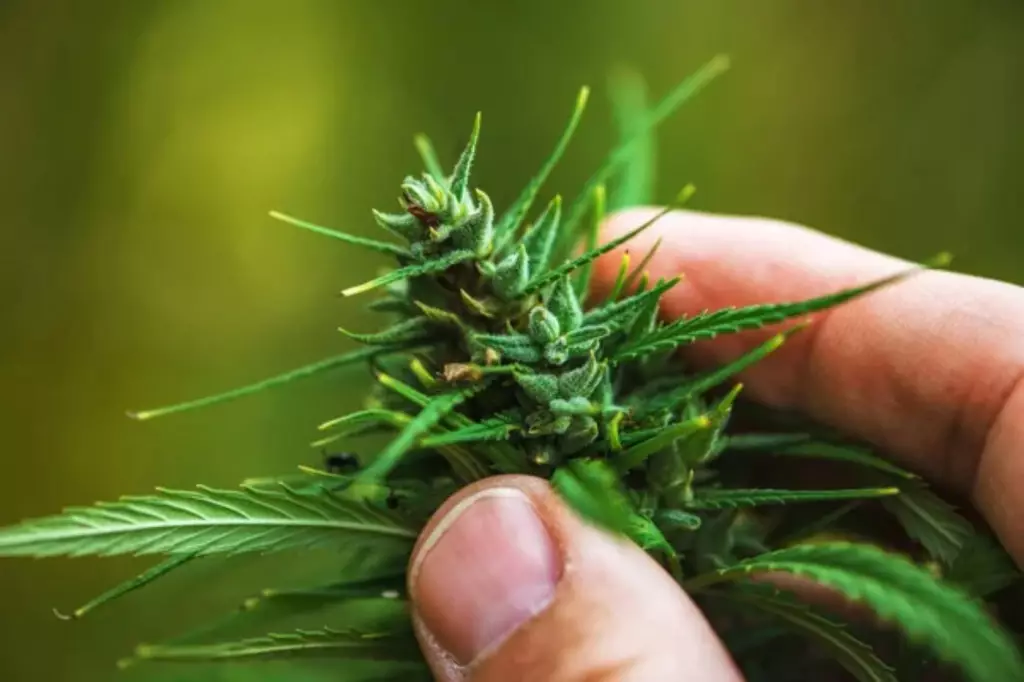
- Market demand: There's a growing demand for hemp fibers in the textile industry due to their durability and sustainability. The automotive and construction sectors also use hemp fibers for biocomposites.
Price per ton for hemp seeds
-
Price range: Hemp seeds can be priced around $800 per ton. This price reflects their use both as a food product and as a source of hemp oil.
-
Factors influencing price: The pricing is influenced by the seed's quality, oil content, and whether they are organic or conventionally grown. Organic hemp seeds usually command higher prices.
-
Market demand: The demand is high due to hemp seeds' nutritional benefits, including high protein content and essential fatty acids. They are popular in health food products.
Price per ton for hemp CBD oil
-
Price range: Hemp CBD oil is significantly more expensive, priced at around $20,000 per ton. This high price is due to the extensive processing and extraction required to produce CBD oil.
-
Factors influencing price: The price is primarily driven by the concentration of CBD, the quality of the hemp plants, and the extraction method used. Higher purity and quality standards result in higher prices.
-
Market demand: There's a substantial demand for CBD oil due to its use in various therapeutic and wellness products. The regulatory landscape also impacts the market and prices.
Price per ton for hemp stalks
-
Price range: Hemp stalks are generally the least expensive, priced around $150 per ton. This part of the plant is used for industrial applications.
-
Factors influencing price: The price is influenced by the bulk and quality of the stalks. They are primarily used for their fiber content in industrial applications.
-
Market demand: There's a steady demand for hemp stalks in the industrial sector, particularly for making hempcrete, paper products, and as a source of cellulose for bioplastics.
All About Small-Scale Hemp Farming
Hemp farming is typically considered a form of specialty crop farming, a type of small-scale farming. Small-scale hemp farming has been gaining interest in recent years due to the plant's versatility and the growing market for hemp products.
Here's an overview of various aspects of small-scale hemp farming:
History and legal status of hemp
Hemp has a long history of cultivation for its fibers, seeds, and oil. It has been used for making textiles, paper, and other products.
In many countries, including the U.S., the legal status of hemp has evolved. The 2018 U.S. Farm Bill, for example, legalized hemp with THC (tetrahydrocannabinol) levels below 0.3%, distinguishing it from marijuana.
Cultivating hemp
Hemp can be grown in a variety of climates. It prefers well-drained soil with a pH of around 6-7.5. Seeds are usually planted after the last frost of spring.
Hemp plants can be spaced relatively close together, depending on the desired use. They have a fast growth cycle of about 3-4 months.
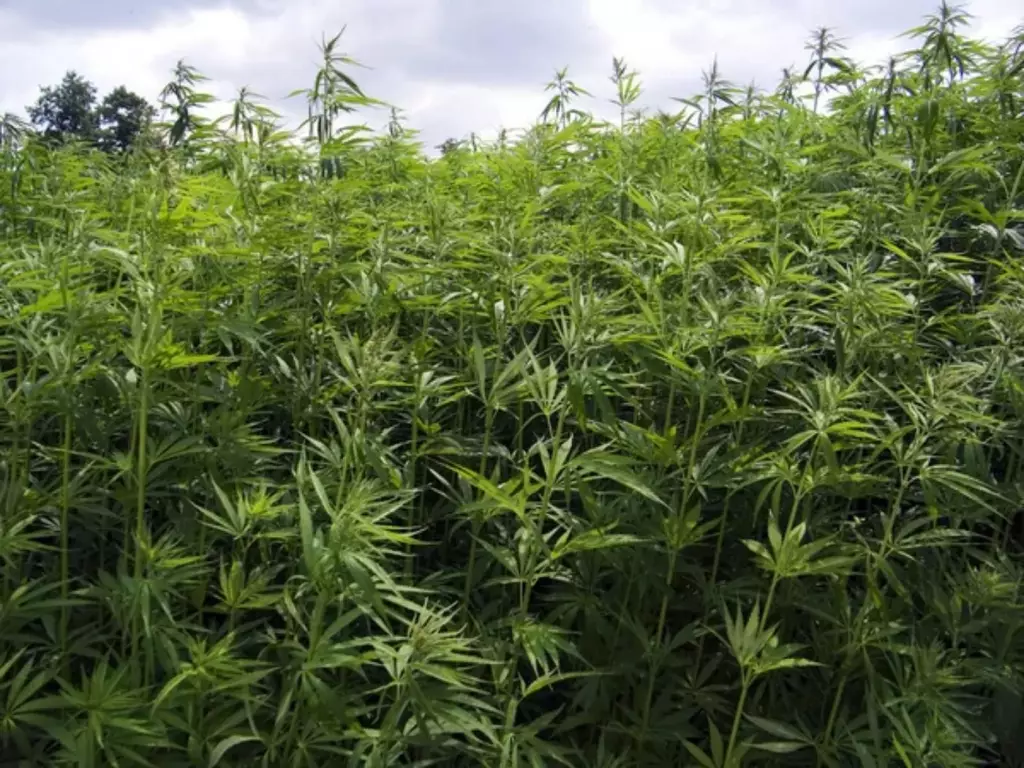
Types of hemp
- Fiber hemp: Grown for its stalks, used in textiles, building materials, and more.
- Grain hemp: Cultivated for its seeds, used in health foods, cosmetics, etc.
- CBD hemp: Grown for cannabidiol (CBD) production, used in various wellness products.
Challenges in hemp farming
- Pests and diseases: Hemp is generally resistant to pests and diseases, but issues can still arise.
- Complying with THC regulation: Maintaining THC levels below the legal threshold is critical.
- Market fluctuations: The hemp market can be volatile, with fluctuating prices and demand. This is one of the disadvantages of small-scale farming.
Harvesting and processing
The harvesting method depends on the type of hemp. Fiber hemp is harvested before it goes to seed, while grain hemp is harvested after seed maturity.
Processing varies based on the hemp type. Fiber hemp requires retting (breaking down the bark) and decortication (separating the fiber), while grain hemp needs drying and threshing.
Sustainability of hemp farming
Hemp is known for its low pesticide requirements and soil-enhancing properties. It's also used in crop rotation to improve soil health. Hemp farming also has a relatively low carbon footprint and can sequester carbon.
